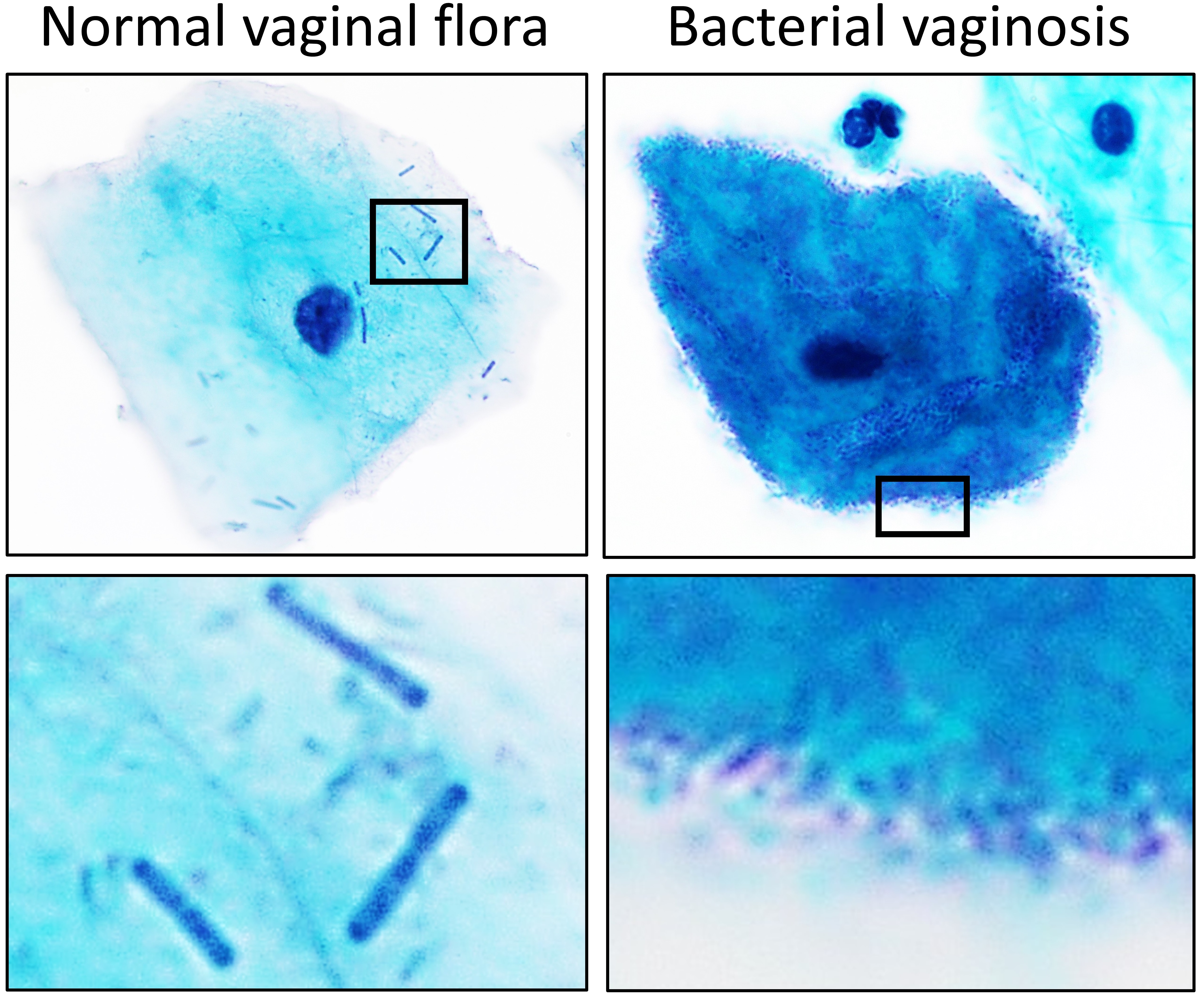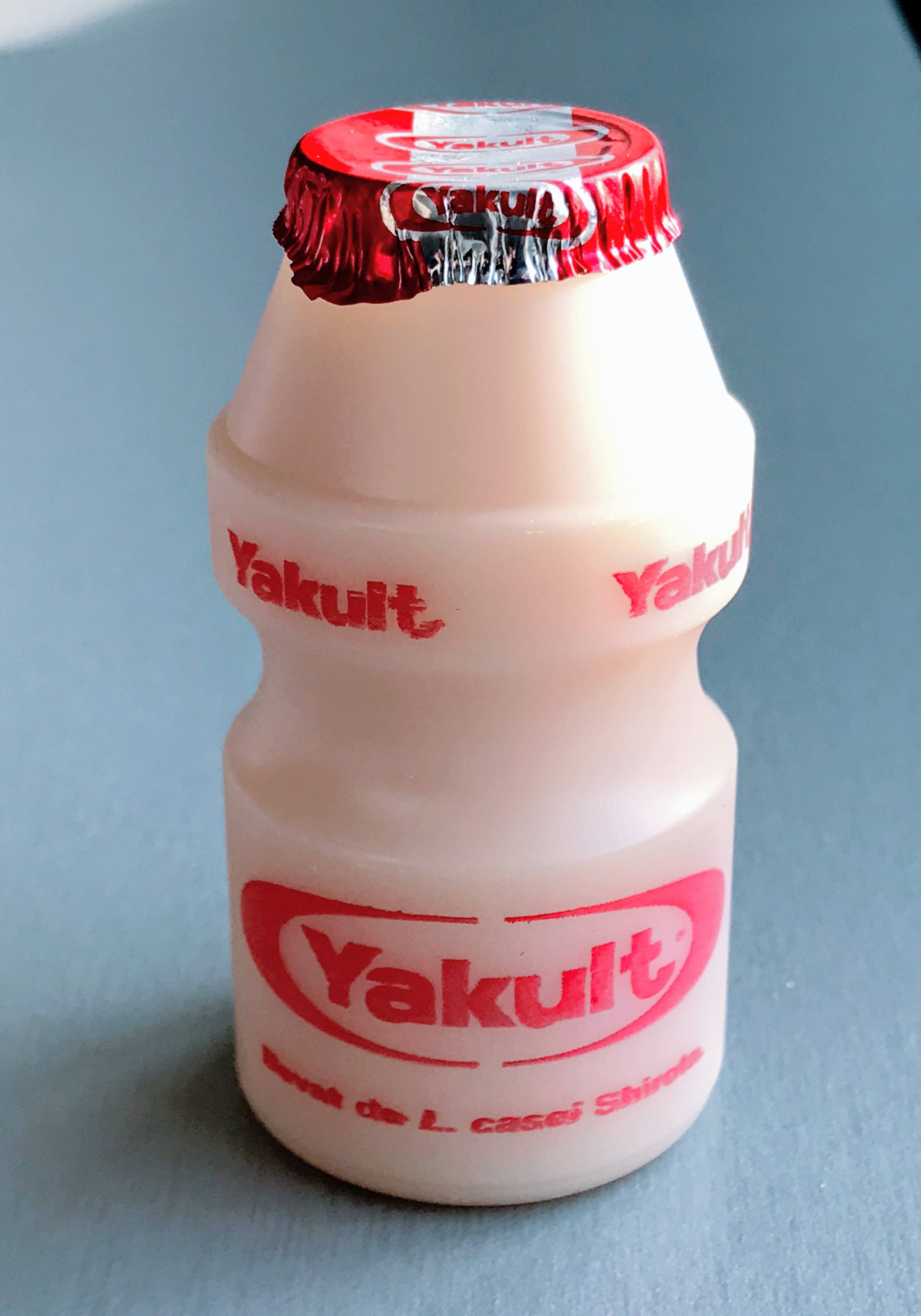|
L. Helveticus
''Lactobacillus helveticus'' is a lactic-acid producing, rod-shaped bacterium of the genus ''Lactobacillus''. It is most commonly used in the production of Swiss cheese (North America), American Swiss cheese and Emmental cheese, but is also sometimes used in making other styles of cheese, such as Cheddar cheese, Cheddar, Parmigiano-Reggiano, Parmesan, Pecorino romano, Romano, provolone, and mozzarella. The primary function of ''L. helveticus'' culture is to prevent bitterness and produce nutty flavors in the final cheese. In Emmental cheese production, ''L. helveticus'' is used in conjunction with a ''Propionibacterium'' culture, which is responsible for developing the holes (known as "eyes") through production of carbon dioxide gas. Ingestion of powdered milk fermented with ''L. helveticus'' was shown to decrease blood pressure due to the presence of manufactured tripeptides that have ACE inhibitor activity. However, results have been contradictory in later studies. The bacter ... [...More Info...] [...Related Items...] OR: [Wikipedia] [Google] [Baidu] |
Lactobacillus
''Lactobacillus'' is a genus of Gram-positive, aerotolerant anaerobes or microaerophilic, rod-shaped, non-spore-forming bacteria. Until 2020, the genus ''Lactobacillus'' comprised over 260 phylogenetically, ecologically, and metabolically diverse species; a taxonomic revision of the genus assigned lactobacilli to 25 genera (see below). ''Lactobacillus'' species constitute a significant component of the human and animal microbiota at a number of body sites, such as the digestive system, and the female genital system. In women of European ancestry, ''Lactobacillus'' species are normally a major part of the vaginal microbiota. ''Lactobacillus'' forms biofilms in the vaginal and gut microbiota, allowing them to persist during harsh environmental conditions and maintain ample populations. ''Lactobacillus'' exhibits a mutualistic relationship with the human body, as it protects the host against potential invasions by pathogens, and in turn, the host provides a source of nutrien ... [...More Info...] [...Related Items...] OR: [Wikipedia] [Google] [Baidu] |
Tripeptide
A tripeptide is a peptide derived from three amino acids joined by two or sometimes three peptide bonds. As for proteins, the function of peptides is determined by the constituent amino acids and their sequence. The simplest tripeptide is glycine. In terms of scientific investigations, the dominant tripeptide is glutathione (γ-L-Glutamyl-L-cysteinylglycine), which serves many roles in many forms of life. Examples * Eisenin (pGlu-Gln-Ala-OH) is a peptide with immunological activity that is isolated from the Japanese marine alga, ''Eisenia bicyclis'', which more commonly is known as Arame * GHK-Cu (glycyl-L-histidyl-L-lysine) is a human copper binding peptide with wound healing and skin remodeling activity, which is used in anti-aging cosmetics and more commonly referred to as copper peptide *Lactotripeptides (Ile-Pro-Pro and Val-Pro-Pro) found in milk products, act as ACE inhibitors *Leupeptin (''N''-acetyl-L-leucyl-L-leucyl-L-argininal) is a protease inhibitor that also acts as ... [...More Info...] [...Related Items...] OR: [Wikipedia] [Google] [Baidu] |
Lactobacillaceae
The ''Lactobacillaceae'' are a family of lactic acid bacteria. It is the only family in the lactic acid bacteria which includes homofermentative and heterofermentative organisms; in the ''Lactobacillaceae,'' the pathway used for hexose fermentation is a genus-specific trait. ''Lactobacillaceae'' include the homofermentative lactobacilli ''Lactobacillus'', ''Holzapfelia'', ''Amylolactobacillus'', ''Bombilactobacillus'', ''Companilactobacillus'', ''Lapidilactobacillus'', ''Agrilactobacillus'', ''Schleiferilactobacillus'', ''Loigolactobacillus'', ''Lacticaseibacillus'', ''Latilactobacillus'', ''Dellaglioa'', ''Liquorilactobacillus'', ''Ligilactobacillus'', and ''Lactiplantibacillus''; the heterofermentative lactobacilli ''Furfurilactobacillus'', ''Paucilactobacillus'', ''Limosilactobacillus'', ''Fructilactobacillus'', ''Acetilactobacillus'', ''Apilactobacillus'', ''Levilactobacillus'', ''Secundilactobacillus'', and ''Lentilactobacillus,'' which were previously classified in the genus ... [...More Info...] [...Related Items...] OR: [Wikipedia] [Google] [Baidu] |
Lactic Acid Bacteria
Lactobacillales are an order of gram-positive, low-GC, acid-tolerant, generally nonsporulating, nonrespiring, either rod-shaped (bacilli) or spherical (cocci) bacteria that share common metabolic and physiological characteristics. These bacteria, usually found in decomposing plants and milk products, produce lactic acid as the major metabolic end product of carbohydrate fermentation, giving them the common name lactic acid bacteria (LAB). Production of lactic acid has linked LAB with food fermentations, as acidification inhibits the growth of spoilage agents. Proteinaceous bacteriocins are produced by several LAB strains and provide an additional hurdle for spoilage and pathogenic microorganisms. Furthermore, lactic acid and other metabolic products contribute to the organoleptic and textural profile of a food item. The industrial importance of the LAB is further evidenced by their generally recognized as safe (GRAS) status, due to their ubiquitous appearance in food and thei ... [...More Info...] [...Related Items...] OR: [Wikipedia] [Google] [Baidu] |
Probiotic
Probiotics are live microorganisms promoted with claims that they provide health benefits when consumed, generally by improving or restoring the gut microbiota. Probiotics are considered generally safe to consume, but may cause bacteria-host interactions and unwanted side effects in rare cases. There is some evidence that probiotics are beneficial for some conditions, but there is little evidence for many of the health benefits claimed for them. The first discovered probiotic was a certain strain of bacillus in Bulgarian yoghurt, called ''Lactobacillus bulgaricus''. The discovery was made in 1905 by Bulgarian physician and microbiologist Stamen Grigorov. The modern-day theory is generally attributed to Russian Nobel laureate Élie Metchnikoff, who postulated around 1907 that yoghurt-consuming Bulgarian peasants lived longer. A growing probiotics market has led to the need for stricter requirements for scientific substantiation of putative benefits conferred by microorganism ... [...More Info...] [...Related Items...] OR: [Wikipedia] [Google] [Baidu] |
Helvetii
The Helvetii ( , Gaulish: *''Heluētī''), anglicized as Helvetians, were a Celts, Celtic tribe or tribal confederation occupying most of the Swiss plateau at the time of their Switzerland in the Roman era, contact with the Roman Republic in the 1st century BC. According to Julius Caesar, the Helvetians were divided into four subgroups or ''pagus, pagi.'' Of these, Caesar names only the Verbigeni and the Tigurini, while Posidonius mentions the Tigurini and the Tougeni (). They feature prominently in the ''Commentarii de Bello Gallico, Commentaries on the Gallic War,'' with their failed migration attempt to southwestern Gaul (58 BC) serving as a catalyst for Caesar's conquest of Gaul. The Helvetians were subjugated after 52 BC, and under Augustus, Celtic oppida, such as Vindonissa or Basilea, were re-purposed as garrisons. In AD 68, a Helvetian uprising was crushed by Aulus Caecina Alienus. The Swiss plateau was at first incorporated into the Roman province of Gallia Belgica (22 B ... [...More Info...] [...Related Items...] OR: [Wikipedia] [Google] [Baidu] |
Helvetia
Helvetia () is the female national personification of Switzerland, officially ''Confoederatio Helvetica,'' the Swiss Confederation. The allegory is typically pictured in a flowing gown, with a spear and a shield emblazoned with the Swiss flag, and commonly with braided hair, commonly with a wreath as a symbol of confederation. The name is a derivation of the ethnonym ''Helvetii'', the name of the Gaulish tribe inhabiting the Swiss Plateau before the Roman conquest. History The fashion of depicting the Swiss Confederacy in terms of female allegories arises in the 17th century. This replaces an earlier convention, popular in the 1580s, of representing Switzerland as a bull (''Schweizer Stier''). In the first half of the 17th century, there was not a single allegory identified as ''Helvetia''. Rather, a number of allegories were shown, representing both virtues and vices of the confederacy. On the title page of his 1642 ''Topographia'', Matthäus Merian shows two allegorica ... [...More Info...] [...Related Items...] OR: [Wikipedia] [Google] [Baidu] |
ACE Inhibitor
Angiotensin-converting-enzyme inhibitors (ACE inhibitors) are a class of medication used primarily for the treatment of hypertension, high blood pressure and heart failure. They work by causing relaxation of blood vessels as well as a decrease in blood volume, which leads to lower blood pressure and decreased oxygen demand from the heart. ACE inhibitors Enzyme inhibitor, inhibit the activity of angiotensin-converting enzyme, an important component of the renin–angiotensin system which converts angiotensin I to angiotensin II, and hydrolyses bradykinin. Therefore, ACE inhibitors decrease the formation of angiotensin II, a vasoconstrictor, and increase the level of bradykinin, a peptide vasodilator. This combination is synergistic in lowering blood pressure. As a result of inhibiting the ACE enzyme in the bradykinin system, the ACE inhibitor drugs allow for increased levels of bradykinin which would normally be degraded. Bradykinin produces prostaglandin. This mechanism can expl ... [...More Info...] [...Related Items...] OR: [Wikipedia] [Google] [Baidu] |
Blood Pressure
Blood pressure (BP) is the pressure of circulating blood against the walls of blood vessels. Most of this pressure results from the heart pumping blood through the circulatory system. When used without qualification, the term "blood pressure" refers to the pressure in the large arteries. Blood pressure is usually expressed in terms of the systolic pressure (maximum pressure during one heartbeat) over diastolic pressure (minimum pressure between two heartbeats) in the cardiac cycle. It is measured in millimeters of mercury ( mmHg) above the surrounding atmospheric pressure. Blood pressure is one of the vital signs—together with respiratory rate, heart rate, oxygen saturation, and body temperature—that healthcare professionals use in evaluating a patient's health. Normal resting blood pressure, in an adult is approximately systolic over diastolic, denoted as "120/80 mmHg". Globally, the average blood pressure, age standardized, has remained about the same since 1 ... [...More Info...] [...Related Items...] OR: [Wikipedia] [Google] [Baidu] |
Swiss Cheese (North America)
Swiss cheese is any variety of cheese that resembles Emmental cheese, a yellow, medium-hard cheese that originated in the area around Emmental, Switzerland. It is classified as a Swiss-type or Alpine cheese. Some types of Swiss cheese have a distinctive appearance, as the blocks or rounds of the cheese are riddled with holes known as "eyes". Swiss cheese without eyes is known as "blind". Swiss cheese is now manufactured in many countries, including the United States, Finland, Estonia, and Ireland. It is sometimes made with pasteurized or part-skim milk, unlike the original from Switzerland made with raw milk. The United States Department of Agriculture uses the terms Swiss cheese and Emmentaler cheese interchangeably. In Australia, both terms are used, along with Swiss-style cheese, in some cases differentiating the two. The term Swiss cheese is sometimes used in India, although it is also often referred to as Emmental, which is the more common name in Europe. Production Th ... [...More Info...] [...Related Items...] OR: [Wikipedia] [Google] [Baidu] |
Propionibacterium
''Propionibacterium'' is a gram-positive, anaerobic, rod-shaped genus of bacteria named for their unique metabolism: They are able to synthesize propionic acid by using unusual transcarboxylase enzymes. Its members are primarily facultative parasites and commensals of humans and other animals, living in and around the sweat glands, sebaceous glands, and other areas of the skin. They are virtually ubiquitous and do not cause problems for most people, but propionibacteria have been implicated in acne and other skin conditions. One study found the ''Propionibacterium'' was the most prevalent human skin-associated genus of microorganisms. Members of the genus ''Propionibacterium'' are widely used in the production of vitamin B12, tetrapyrrole compounds, and propionic acid, as well as in the probiotics and cheese industries. The strain ''Propionibacterium freudenreichii'' subsp. ''shermanii'' is used in cheesemaking to create CO2 bubbles that become "eyes"—round holes in the ch ... [...More Info...] [...Related Items...] OR: [Wikipedia] [Google] [Baidu] |
Mozzarella
Mozzarella (, ; nap, muzzarella ) is a southern Italian cheese traditionally made from Italian buffalo's milk by the pasta filata method. Fresh mozzarella is generally white but when seasoned it turns to a light yellow depending on the animal's diet. Due to its high moisture content, it is traditionally served the day after it is made but can be kept in brine for up to a week or longer when sold in vacuum-sealed packages. Low-moisture mozzarella can be kept refrigerated for up to a month, though some shredded low-moisture mozzarella is sold with a shelf life of up to six months. Mozzarella is used for most types of pizza and several pasta dishes or served with sliced tomatoes and basil in Caprese salad. Etymology ''Mozzarella'', derived from the Southern Italian dialects spoken in Apulia, Calabria, Campania, Abruzzo, Molise, Basilicata, Lazio, and Marche, is the diminutive form of ("cut"), or ("to cut off") derived from the method of working. The term is first ment ... [...More Info...] [...Related Items...] OR: [Wikipedia] [Google] [Baidu] |




.jpg)
